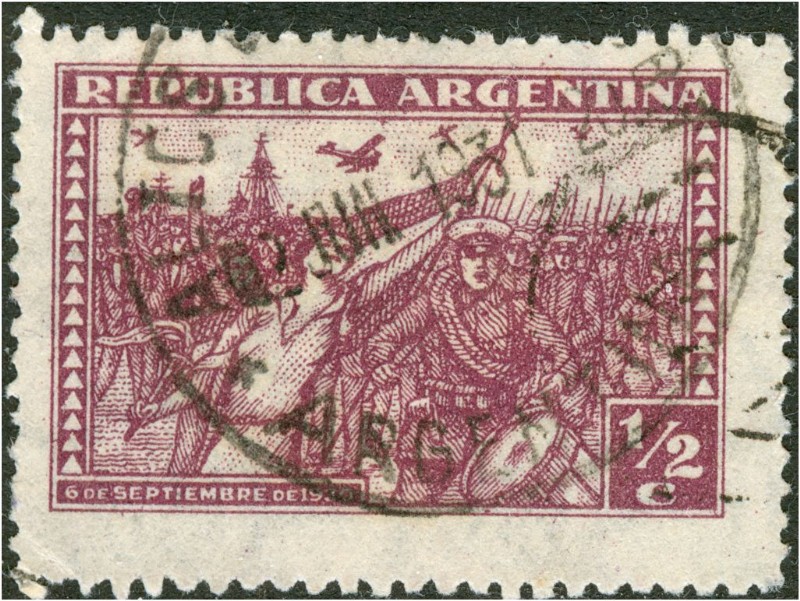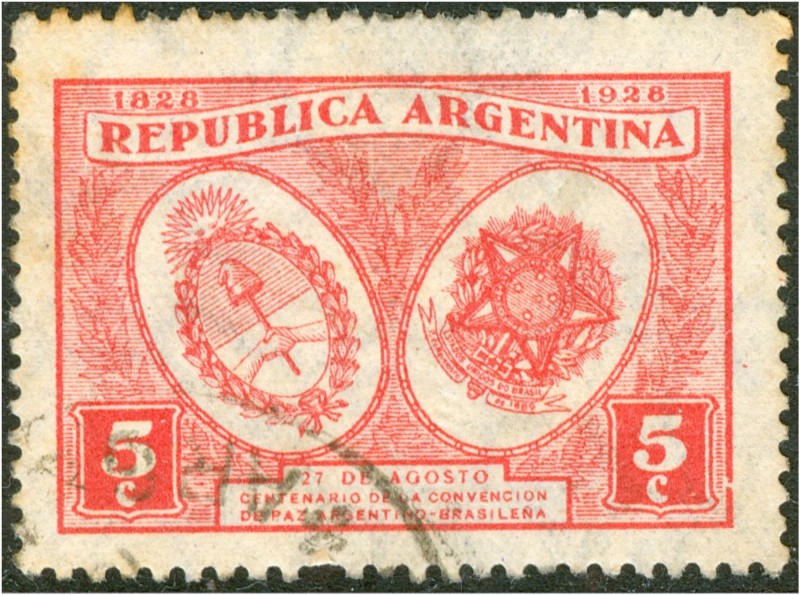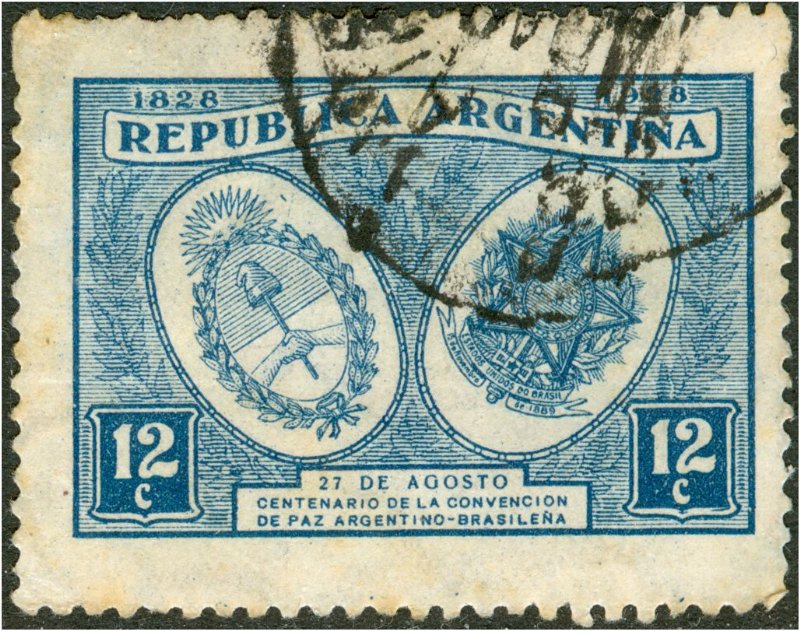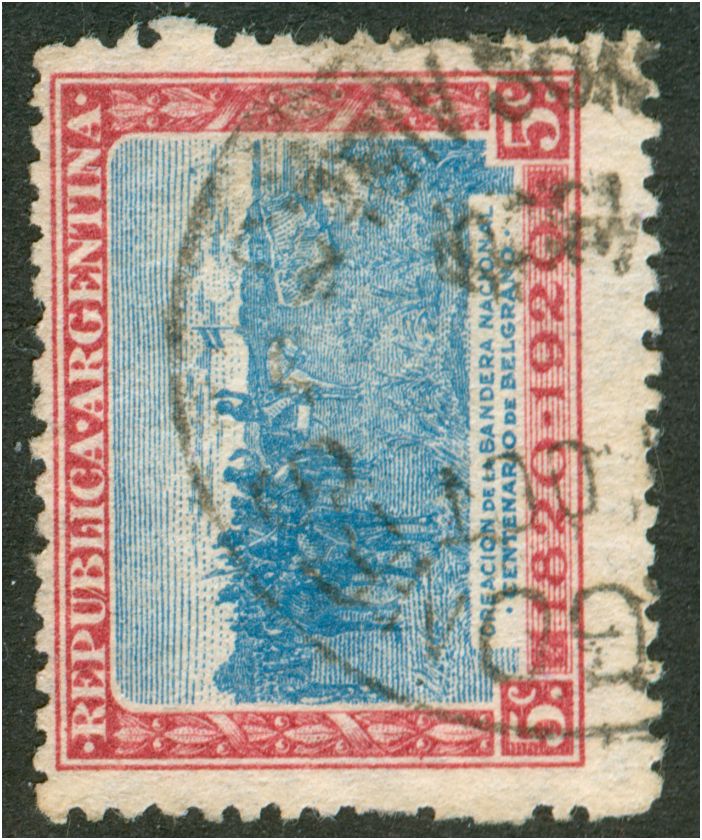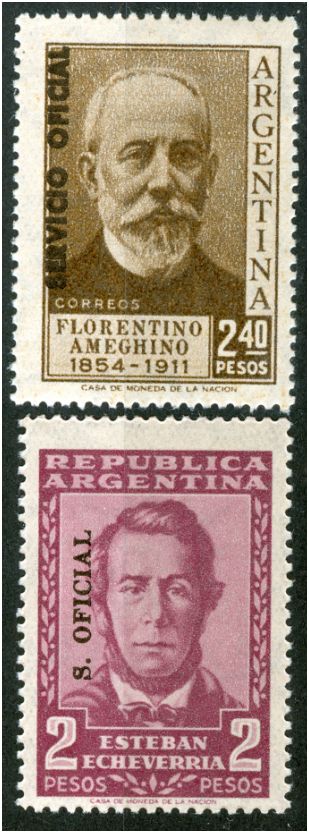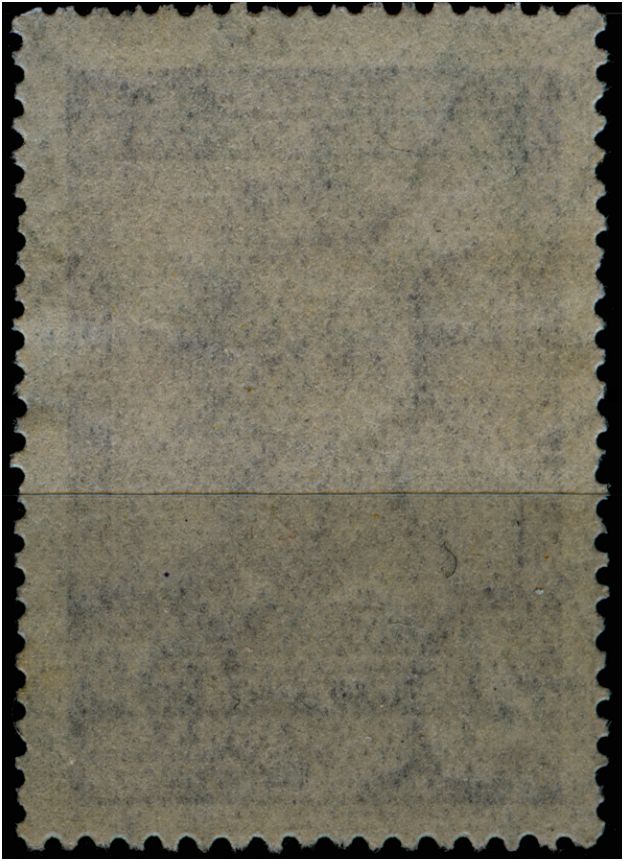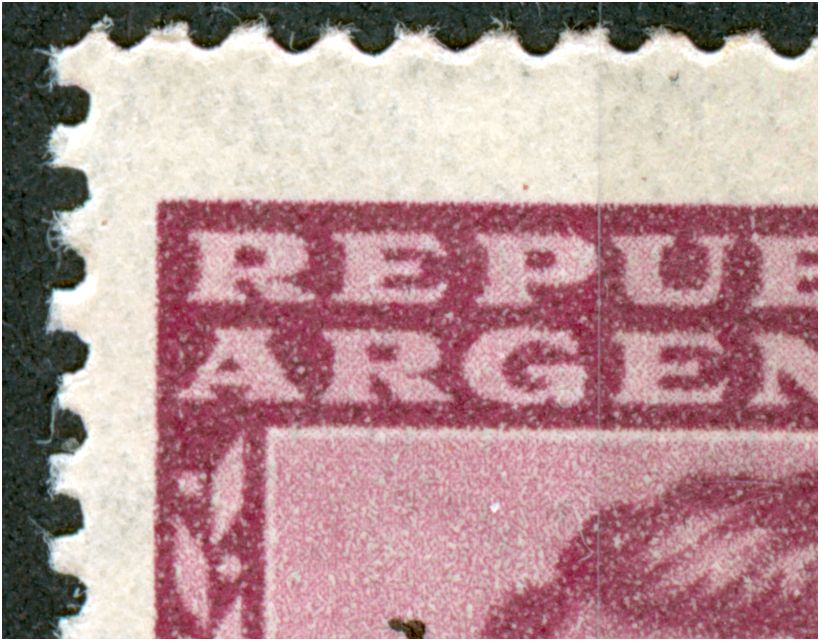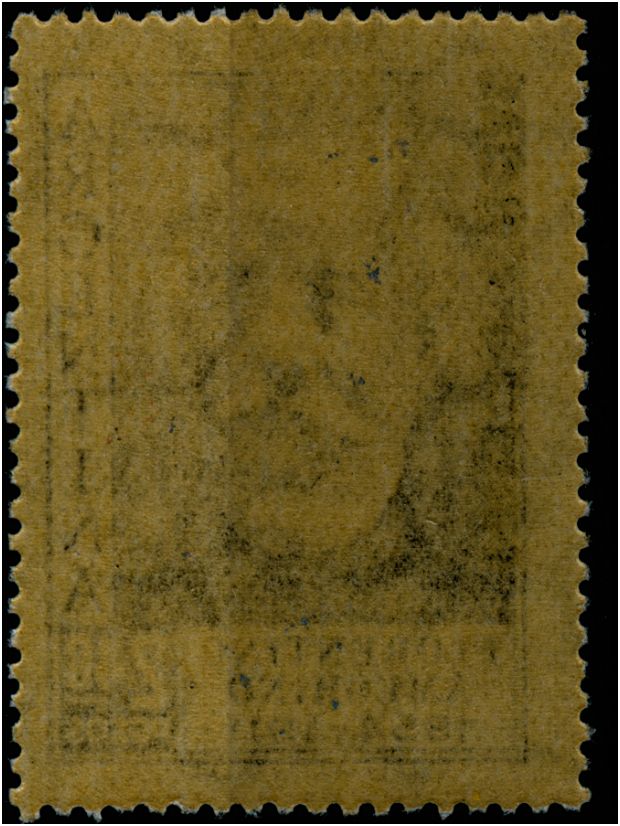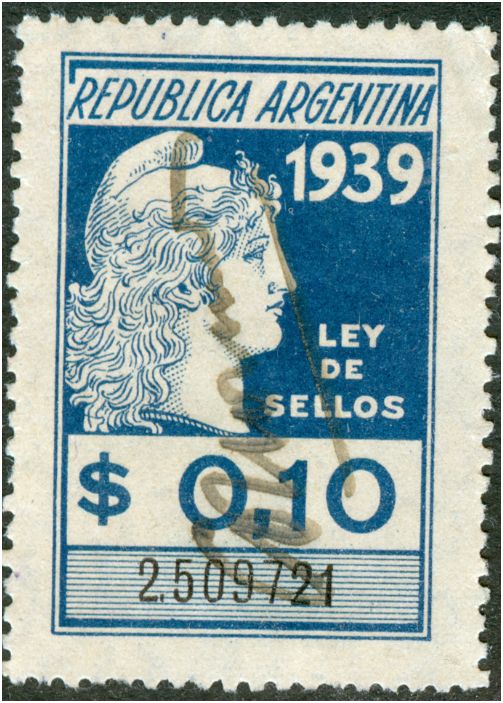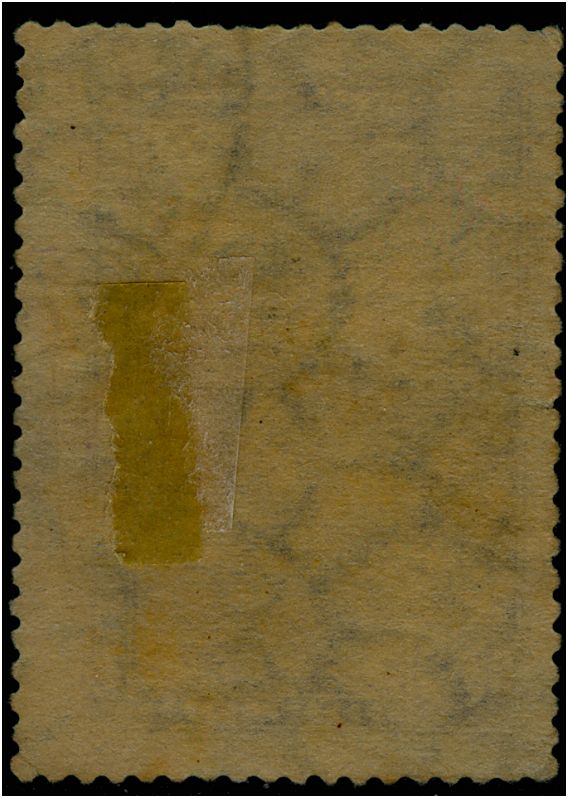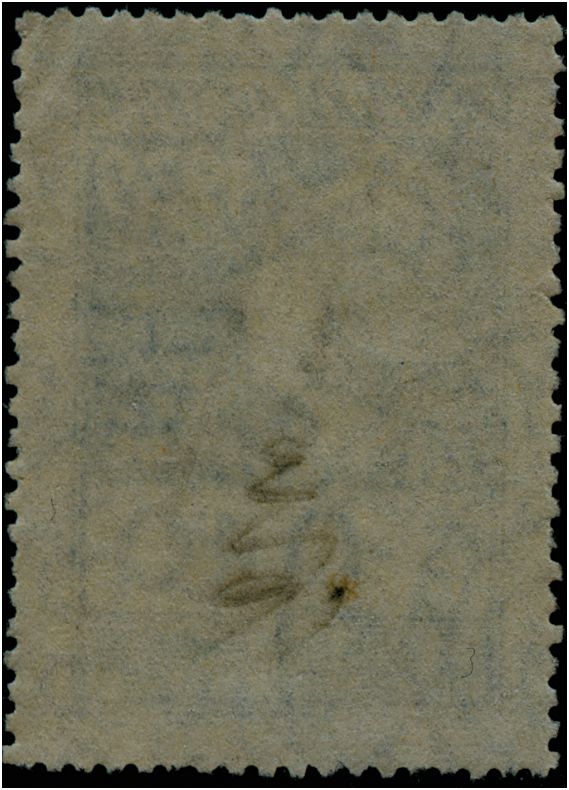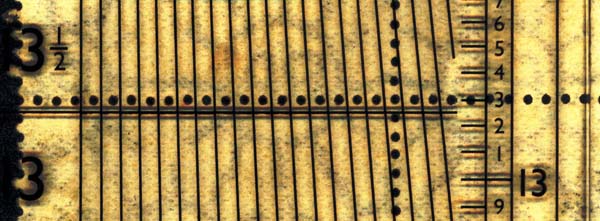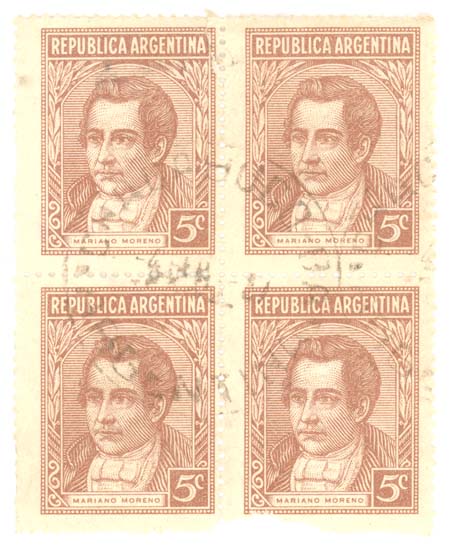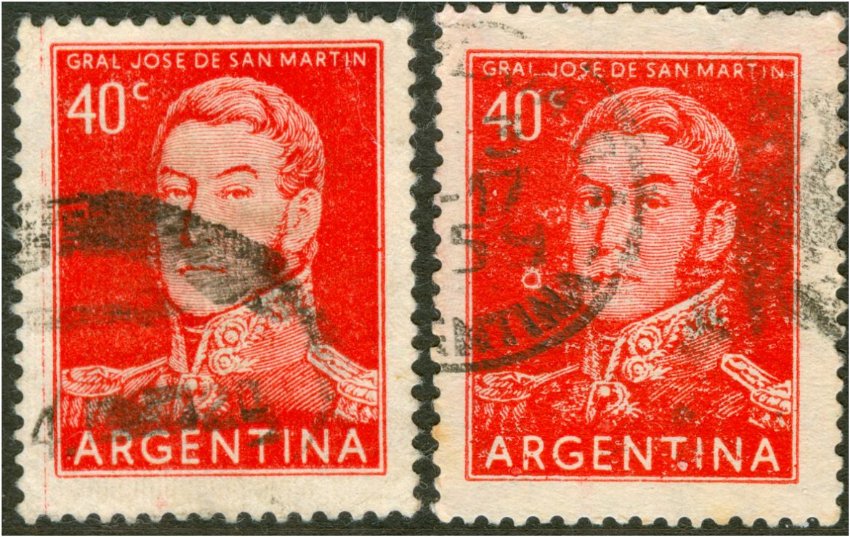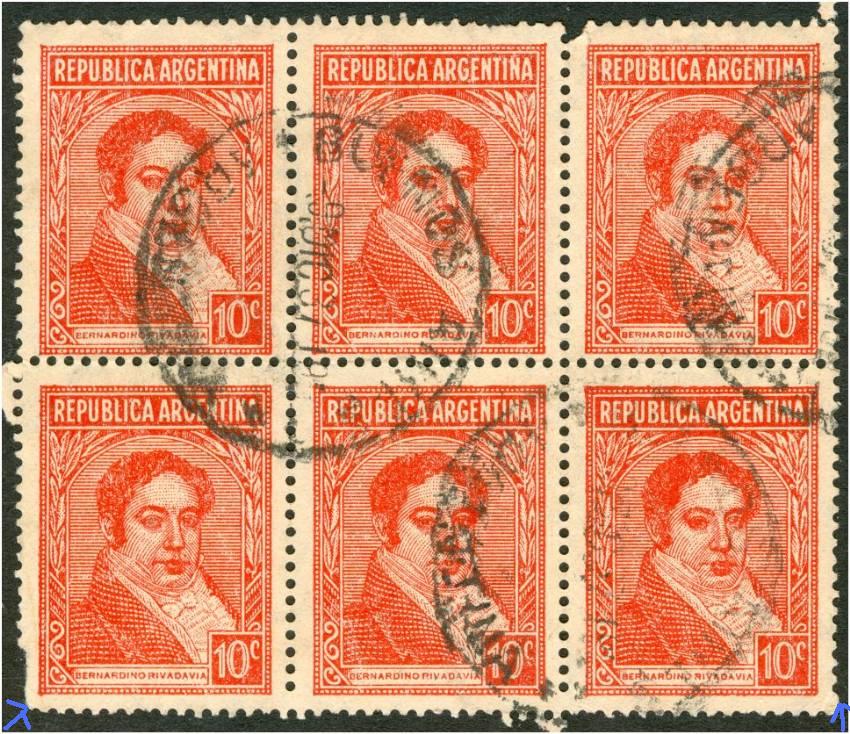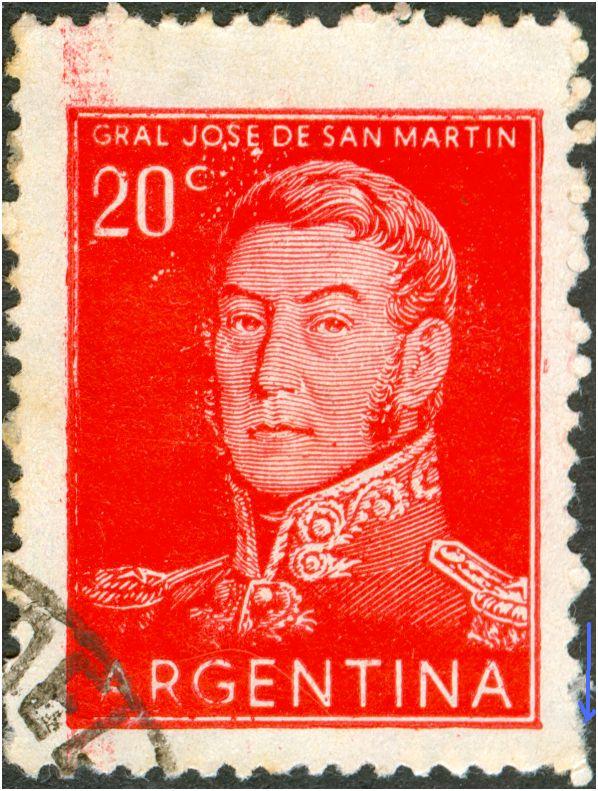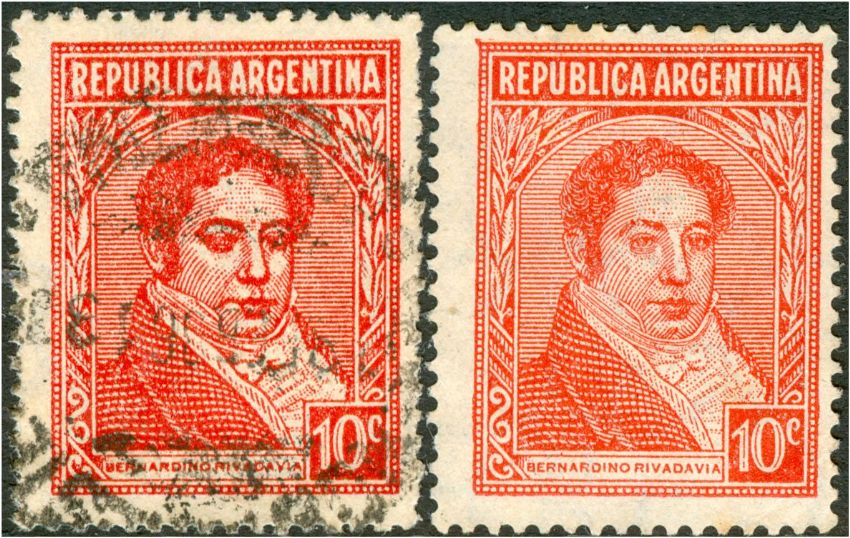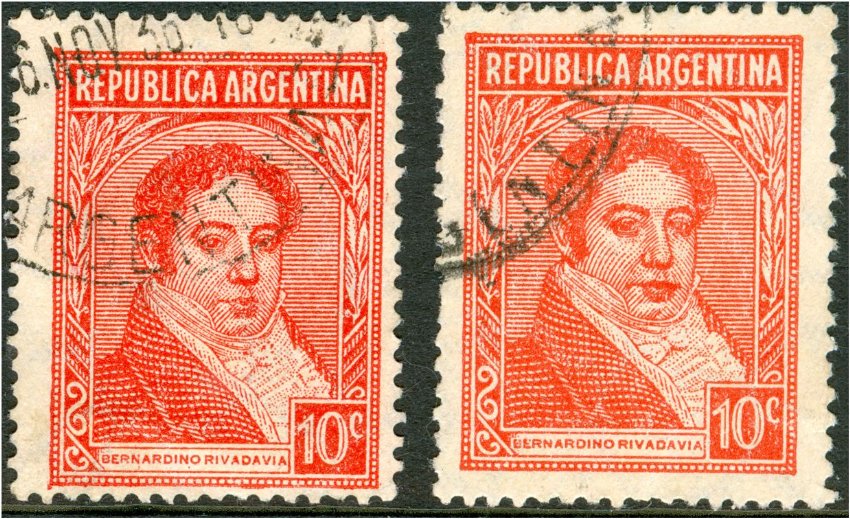Most suggestions (in the literature) of what could point to another gauge for several stamps - 13 1/4:13 1/2 (instead of 13 1/4:13 or 13 1/4) - deal with the size of the stamp design. It seems to me that this is not quite reliable!
As I have pointed out in the previous posting, the gauge has to do with the stamp size - heart-to-heart from the top row of holes to the bottom row of holes!
And indeed we have 30.5mm for the offset-litho printed stamps that usually have a comb that moved from left to right or vice versa!
But for the 13 1/4:13 1/2 perforation we need to look at the stamps in typography printed on the Goebel reel-fed press! The average height of those stamps is NOT 30.5mm but 30.0mm

We have to re-read Leopoldo Tenorio Casal!
X : 20mm = 20 : 30mm => X = 40/30 = 4/3 = 13.33333333 [or rounded off 13.33 or 13 1/4]. There is NO 13 1/2 or even close as that would have need a height of even less than 30mm!
So where do the 13 1/2 or 13 come from???? The midway for 13 and 13 1/4 is 13.125 and that is so close to 13.147 that we can easily make that error! And the midway for 13 1/3 and 13 1/2 is 13.375 and that is so close to 13.333!
to be continued ...
GOOGLE:
La mayoría de sugerencias (en la literatura) de lo que podría apuntar a otro indicador para varios sellos - 13 1 / 4: 13 1 / 2 (en lugar de 13 1 / 4: 13 o 13 1 / 4) - ver con el tamaño de la estampilla diseño. Me parece que esto no es muy fiable!
Como he señalado en la publicación anterior, el indicador tiene que ver con el tamaño del sello - de corazón a corazón de la fila superior de agujeros para la fila inferior de los agujeros!
Y, de hecho tenemos 30.5mm de los sellos impresados en offset, que por lo general tienen un peine que se movían de izquierda a derecha o viceversa!
Sin embargo, para la perforación 13 1 / 4: 13 1 / 2 tenemos que mirar a los sellos impresados en tipografía con la prensa Goebel con bobina! La altura media de los sellos no es 30.5mm pero 30.0mm

Tenemos que volver a leer Leopoldo Casal Tenorio!
X: 20 mm = 20: 30 mm => X = 40/30 = 4 / 3 = 13,33333333 [o redondeado 13,33 o 13 1 / 4]. NO hay 13 1 / 2 o incluso más cerca que habría necesidad de una altura de hasta menos de 30 mm!
Entonces, ¿dónde el 13 1 / 2 o 13 vienen???? La mitad de 13 y 13 1 / 4 es 13,125 y que está tan cerca de 13.147 que fácilmente puede hacer el error! Y la mitad de 13 1 / 3 y 13 1 / 2 es 13,375 y que está tan cerca de 13,333!
Continúa ....
